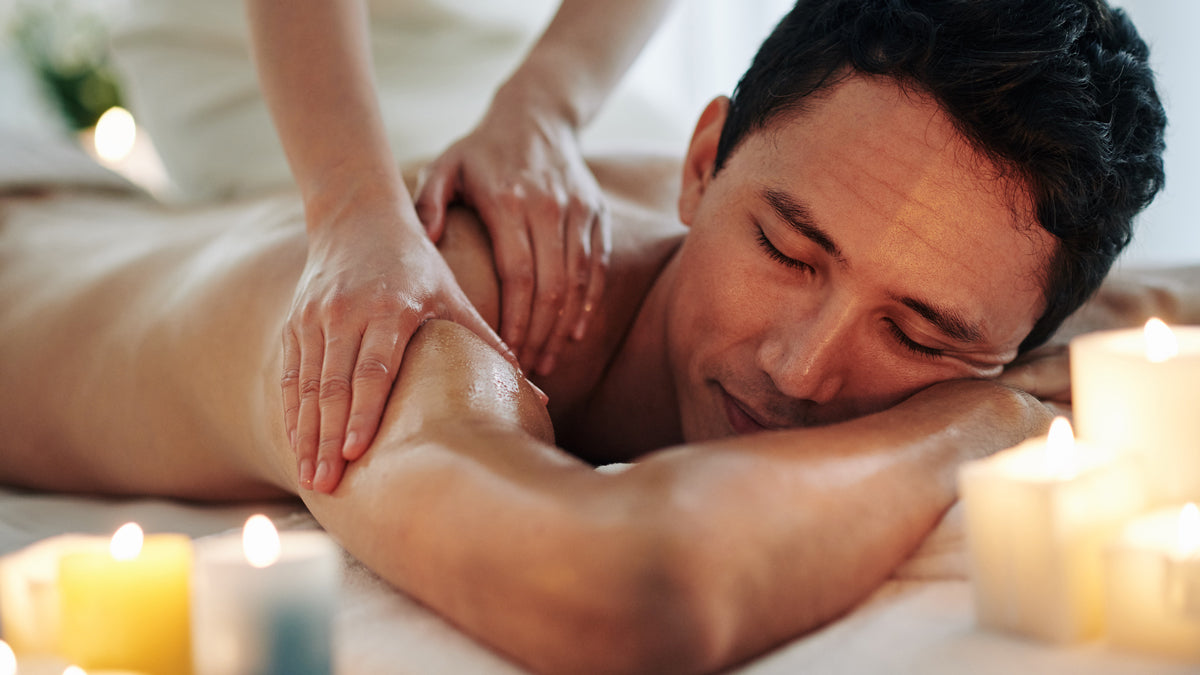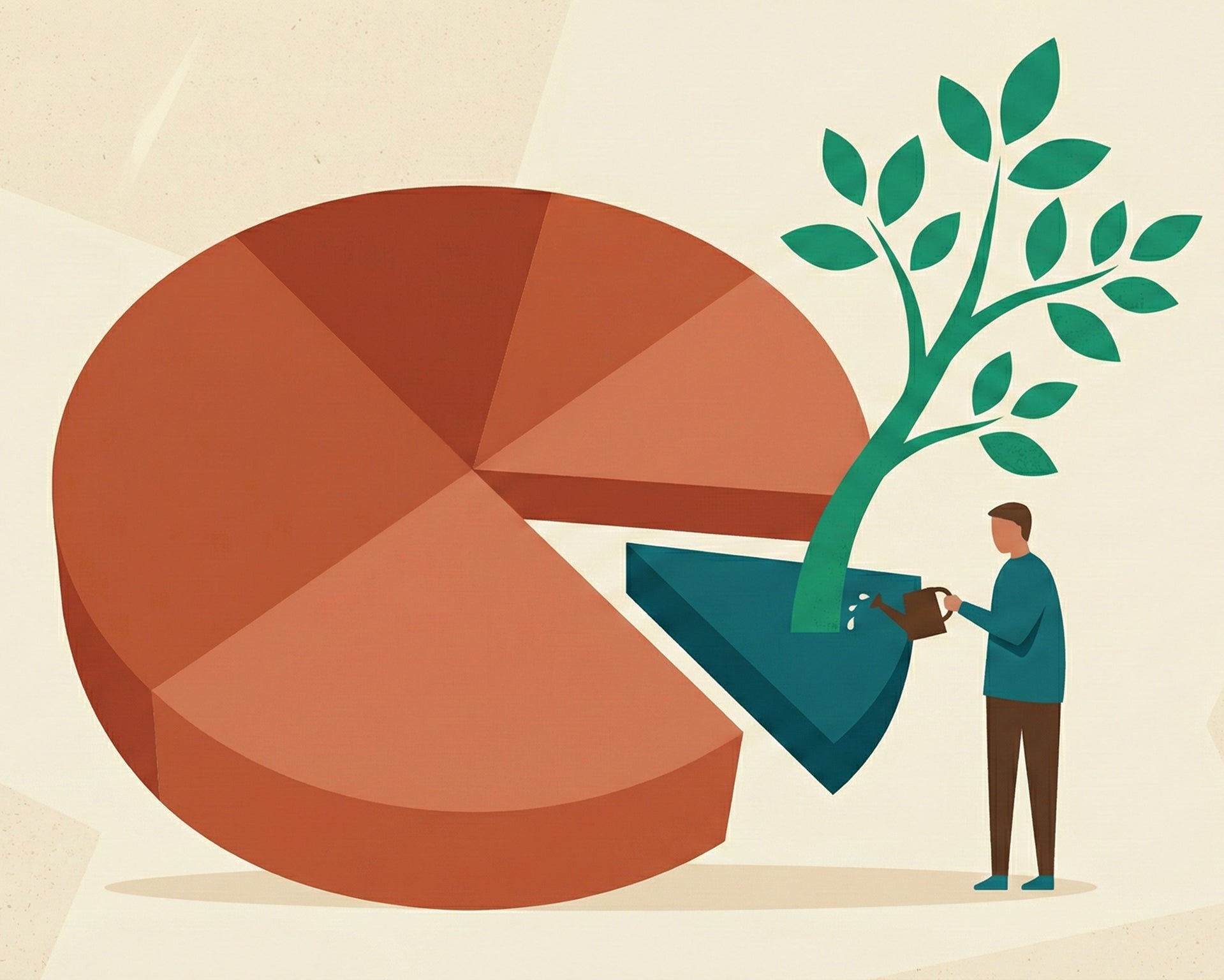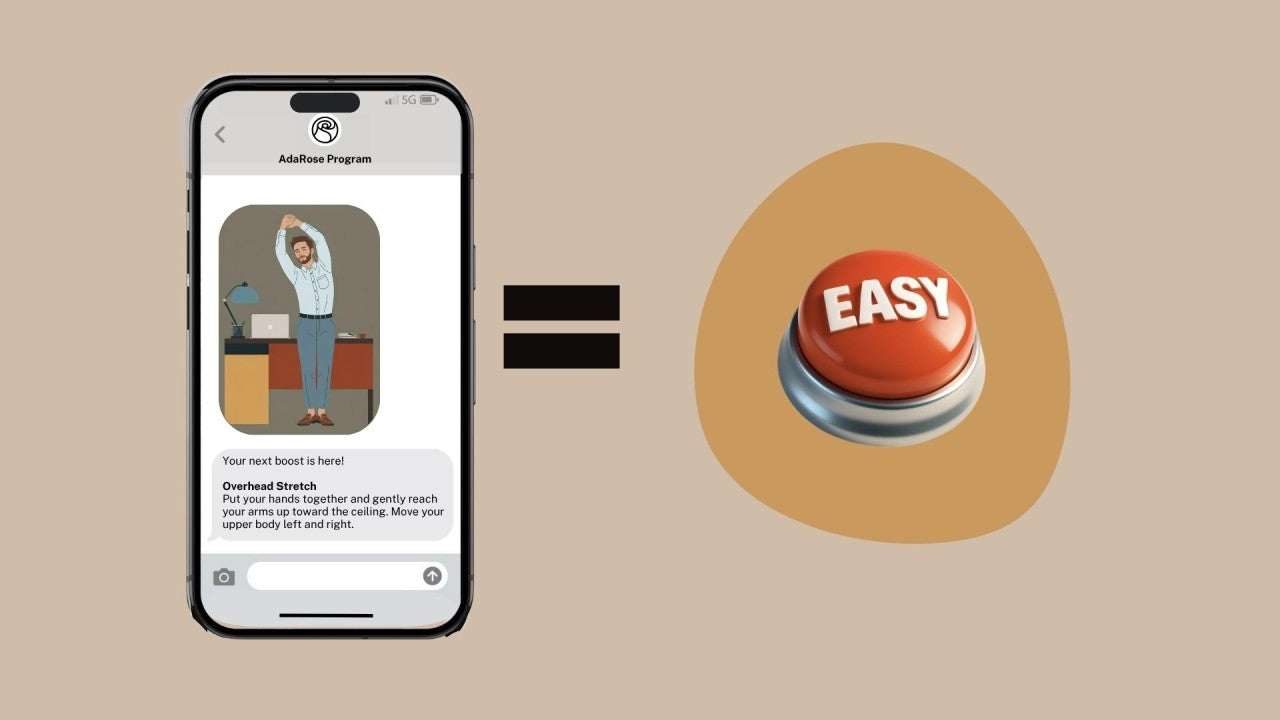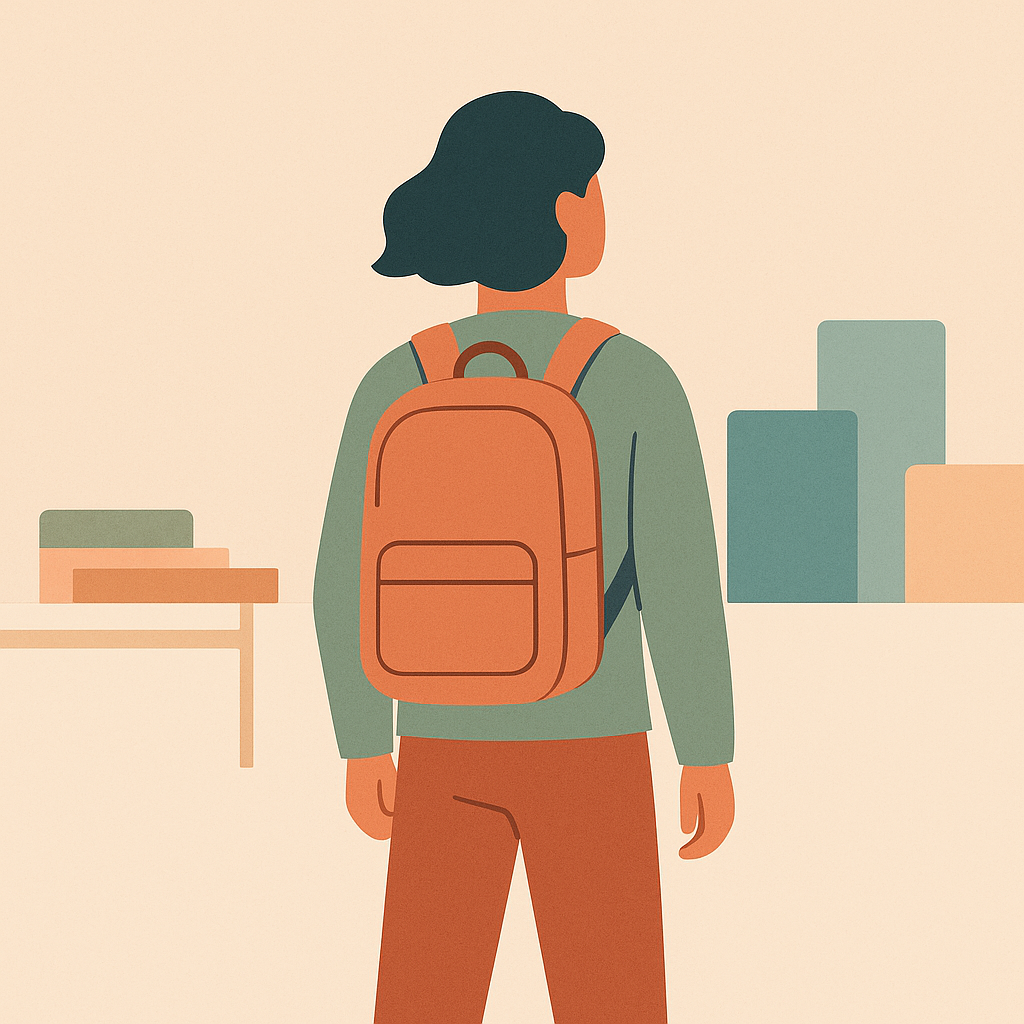The world of self care includes many different ways to relax, destress, and pamper yourself. Two popular therapeutic practices that can promote wellness are aromatherapy and massage, which are often combined to make them even more impactful.
But many people aren’t familiar with them, or question their value. Does aromatherapy have any real benefits? And can a massage actually improve your well-being, even after it's over?
Research suggests that both of these approaches do in fact have merit. Because of their physiological effects, utilizing scents and touch are powerful ways to own your health both physically and mentally.
Below we'll look more closely at the benefits of aromatherapy and massage, how these techniques work, and tips for practicing them at home whenever you're in need of stress relief.
What is Aromatherapy and its Benefits?
Aromatherapy is a type of complementary/alternative health practice that uses scents to promote relaxation, a sense of well-being, and healing. Most often it's done using concentrated essential oils, such as lavender, jasmine, ylang ylang, citrus, and peppermint oils. (Check out the AdaRose Work Break Kit, which includes the Zen Blend aromatherapy roll-on!)
The smell of these oils has a direct impact on certain emotional responses and brain functions. For example, studies show that the scent of lavender can help lower levels of "stress hormones," including cortisol. Some oils may even fight free radical damage and inflammation, which contribute to many chronic diseases.
Certain oils/scents, such as lemon, orange, and peppermint, have uplifting qualities. These are typically used to enhance energy and focus, fight fatigue or headaches, and help to improve overall mood.
How does aromatherapy work, exactly? You're able to smell different scents thanks to olfactory nerves in your brain. Nerves that lead from your nose directly to your brain can stimulate the release of a variety of hormones and neurotransmitters, such as serotonin, which is naturally calming.
What is Massage Therapy?
Massage therapy is a type of manual (hands-on) therapeutic approach that uses specific types of pressure and touch to offer healing and stress relief. It works in several ways to help decrease muscle tension, potentially reduce pain, and lower the risk of injuries.
Some ways that massage therapy can boost your health include: increasing blood flow/circulation, breaking up muscle adhesions that can cause tightness, stimulating the lymphatic system which removes waste from connective tissues, and decreasing the release of stress hormones.
What's the Difference Between Massage and Aromatherapy?
While it's very common to combine these two modalities, they're different because aromatherapy relies on your sense of smell, while massage therapy taps into the benefits of physical touch.
Even though they have different mechanisms of action, aromatherapy and massage share many of the same benefits, including:
-
Heightening sensations, which leads to being more mindful and present.
-
Reducing stress, anxiety, and ruminating thoughts.
-
Relieving physical tension in the body, such as tightness around the neck and shoulders.
-
Boosting the release of endorphins, the "feel good chemicals,” such as serotonin, that lead to calmness and a more positive mindset.
-
Naturally helping to lower pain (such as headaches or back aches), which is commonly tied to stress and inflammation.
What Happens During an Aromatherapy Massage?
If you visit a massage therapist for an aromatherapy massage you can expect to lie down on a comfortable massage bed (often face-down) while the therapist diffuses scents in the room and massages your body.
There are lots of different massage techniques that therapists utilize depending on your needs, such as deep tissue, Swedish, lymphatic drainage, or sports massages. If your main goal is to relax, a Shiatsu massage is a good option, since it uses slower massage strokes that tend to be calming.
Chances are your therapist will speak to you beforehand about your preferences, so let her or him know what you're most looking to gain from the massage. And if there are certain scents that you don't like or can't tolerate (whether due to allergies or preferences), definitely make your massage therapist aware of this.
What types of scents and oils are used during aromatherapy massages? These include:
-
Lavender
-
Bergamot
-
Frankincense
-
Cedarwood
-
Chamomile
-
Eucalyptus
-
Geranium
-
Lemon
-
Lemongrass
-
Ginger (a great option for prenatal massages if nausea is a concern)
How You Can Give Yourself or Others an Aromatherapy Massage at Home
Interested in giving yourself, your partner, or someone else an aromatherapy massage? While it might not have the same exact effects as a professional massage, it’s simple to do and is a great way to tap into the joy of giving to others.
Massage therapists offer some of these tips for effective at-home massages:
-
First, pick an area of the body to focus on, such as the feet, legs, neck, or shoulders (or all of the above if you have enough time!).
-
You can either use just your hands, or a foam roller or a tennis ball/massage ball to access harder-to-reach muscle groups.
-
Locate any painful or stiff areas, such as those on the neck or low back. Apply a bit of massage oil or lotion with your chosen essential oil (see below).
-
Using firm pressure, massage your fingers in circular motions in one direction, then switch and go in the opposite direction. You can also use stroking motions by sliding your fingers outward or downward.
-
For the best results, do this for up to 5 to 10 minutes per area.
-
Picture tension and stress leaving the body, almost as if the muscles are melting.
-
You might also want to try applying a warm compress or an ice pack to any tight areas following the massage to help promote healing.
In terms of which scents and oils to use for aromatherapy, ideally you want to choose oils based on your mood and goals. You can purchase essential oils in most health food stores or online and then diffuse them with water, or add 1-3 drops to a massage oil that you rub into the skin (it's best to mix essential oils with a "carrier oil" to avoid skin irritation).
-
For sleep and relaxation: lavender, chamomile, or ylang ylang.
-
For help reducing pain or inflammation: peppermint (which is also cooling and invigorating), frankincense, chamomile, geranium, cypress, helichrysum, or cedarwood.
-
To boost circulation: sandalwood, juniper berry, cypress, grapefruit, or frankincense.
-
For uplifting effects: lemon, orange, spearmint, peppermint, or grapefruit.





